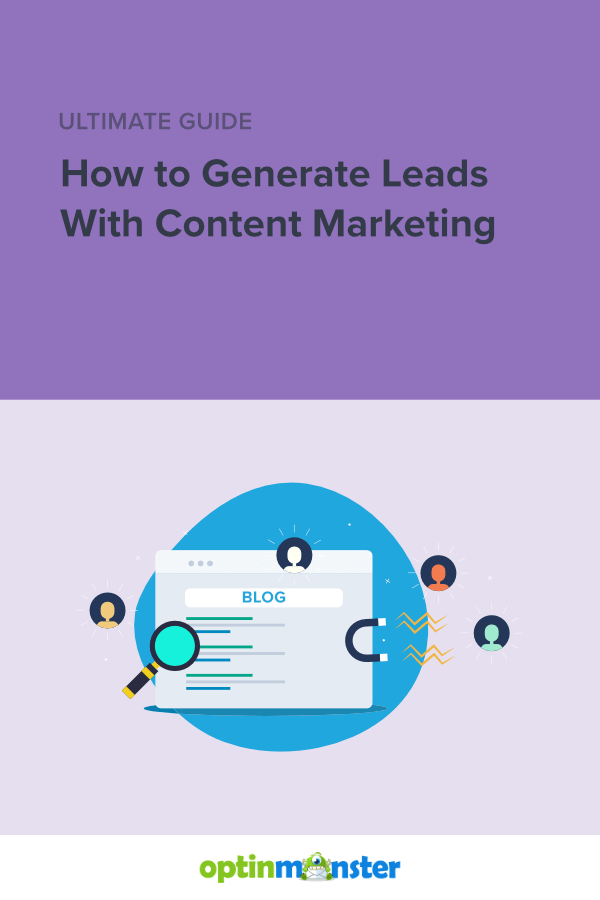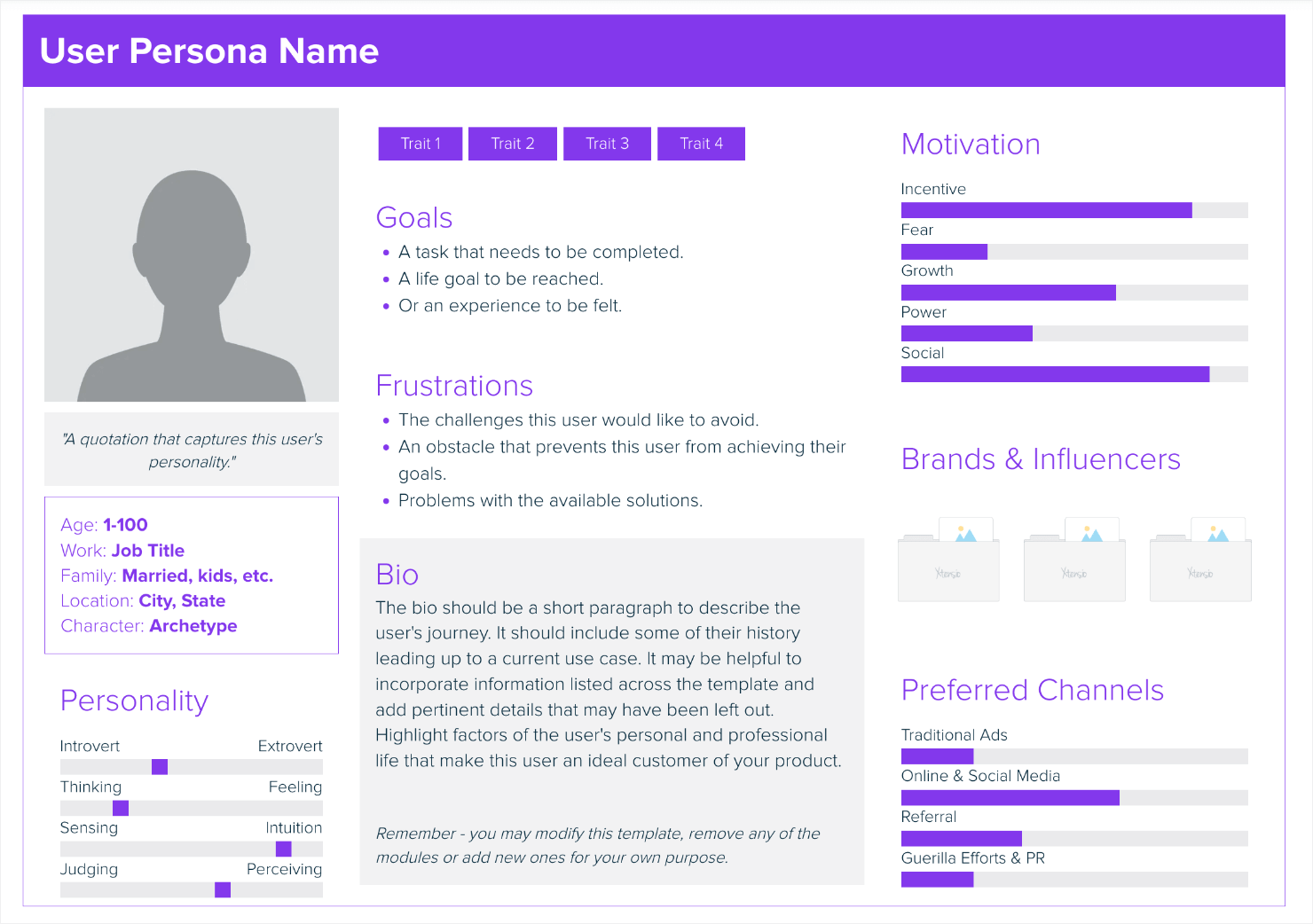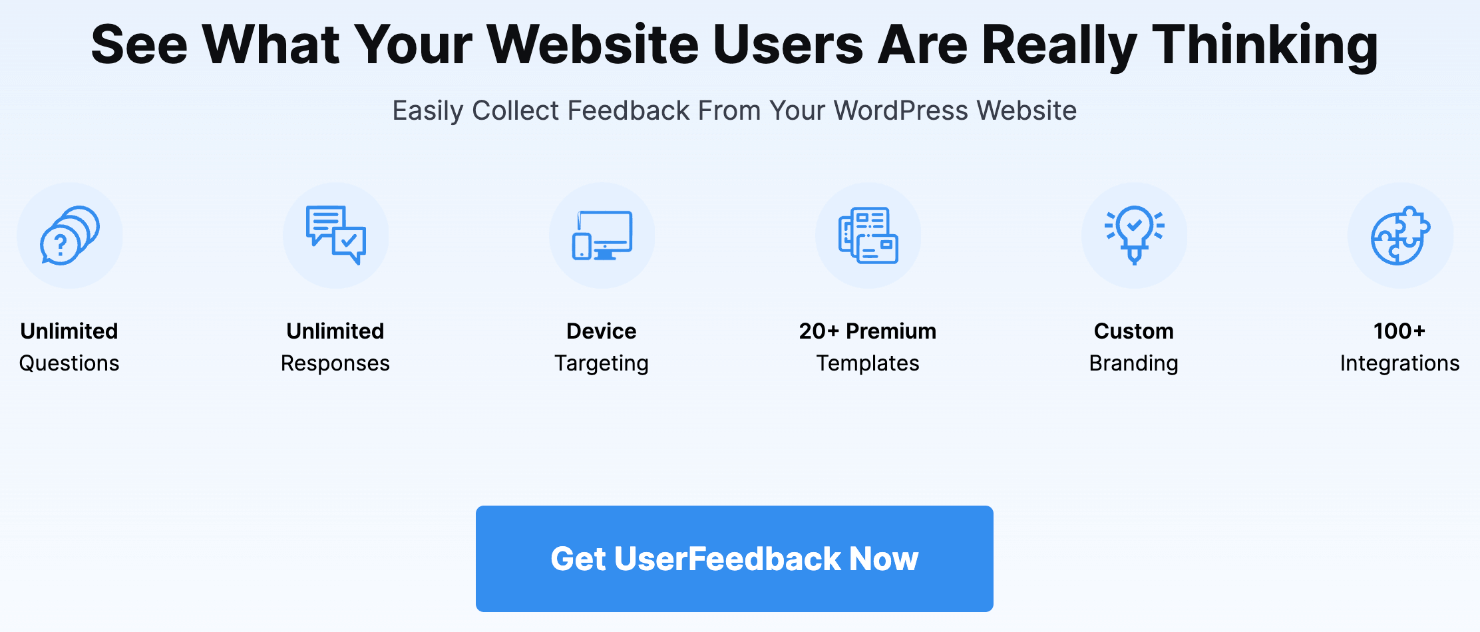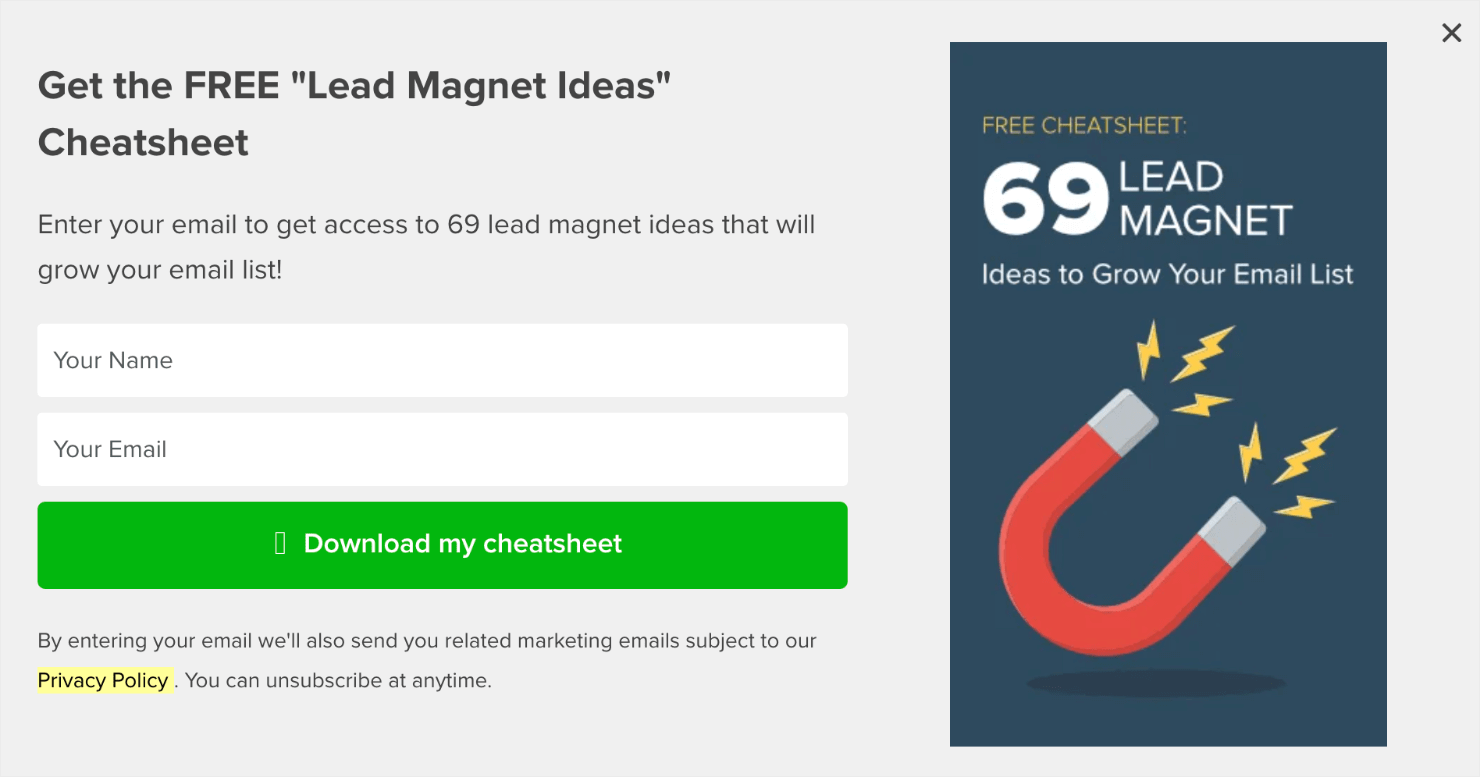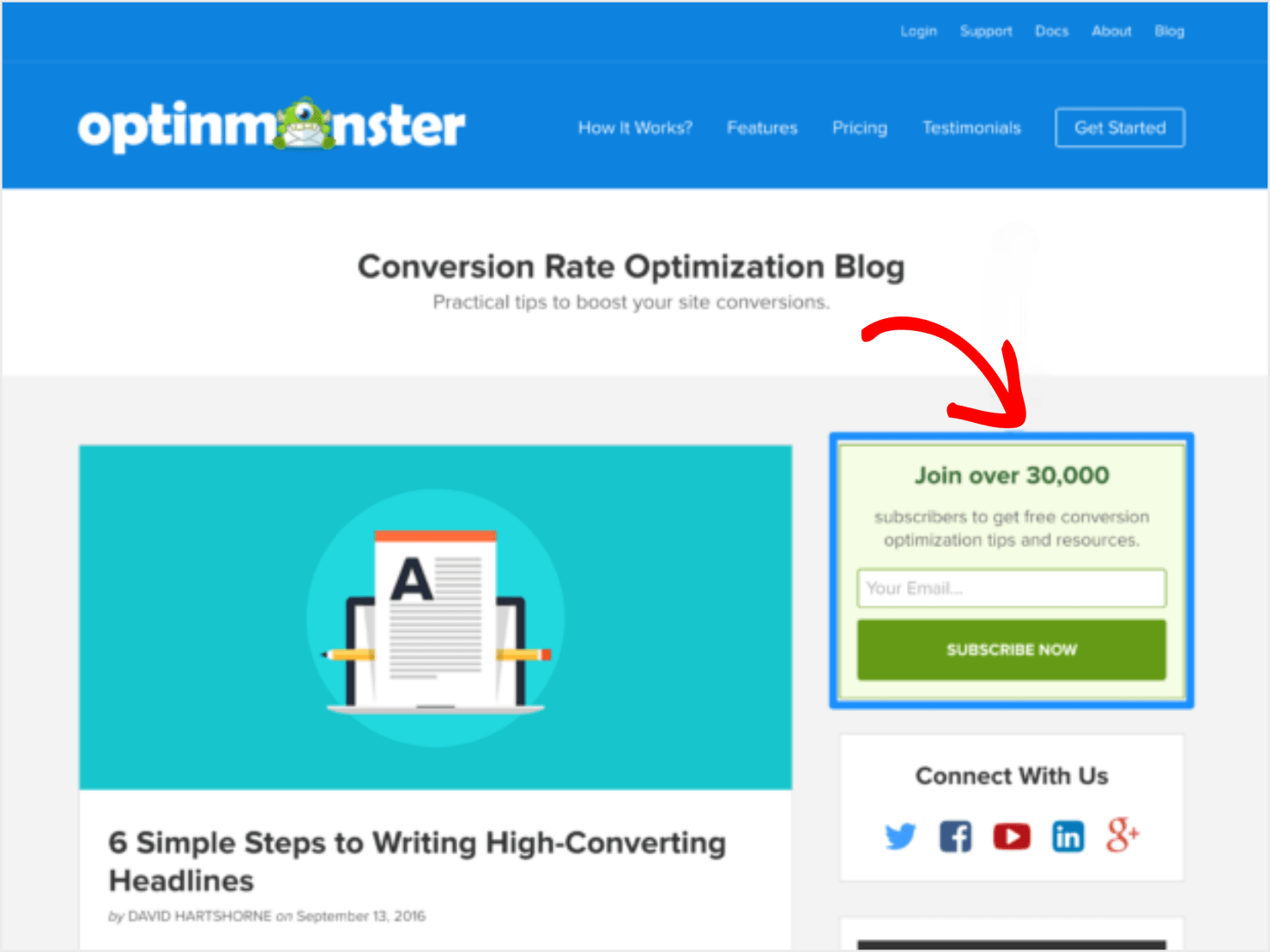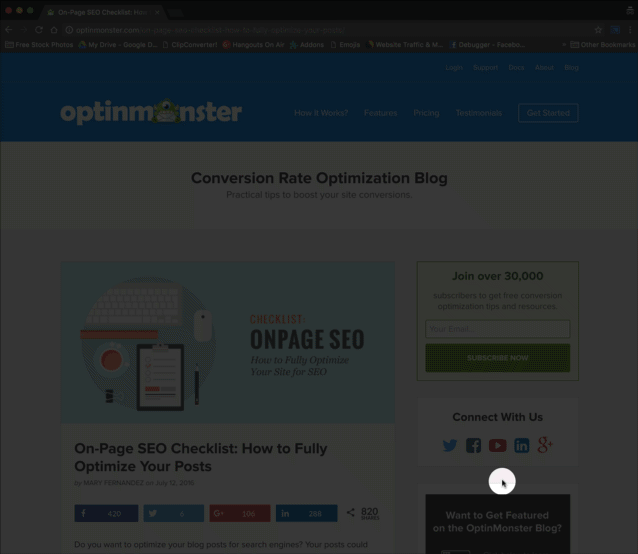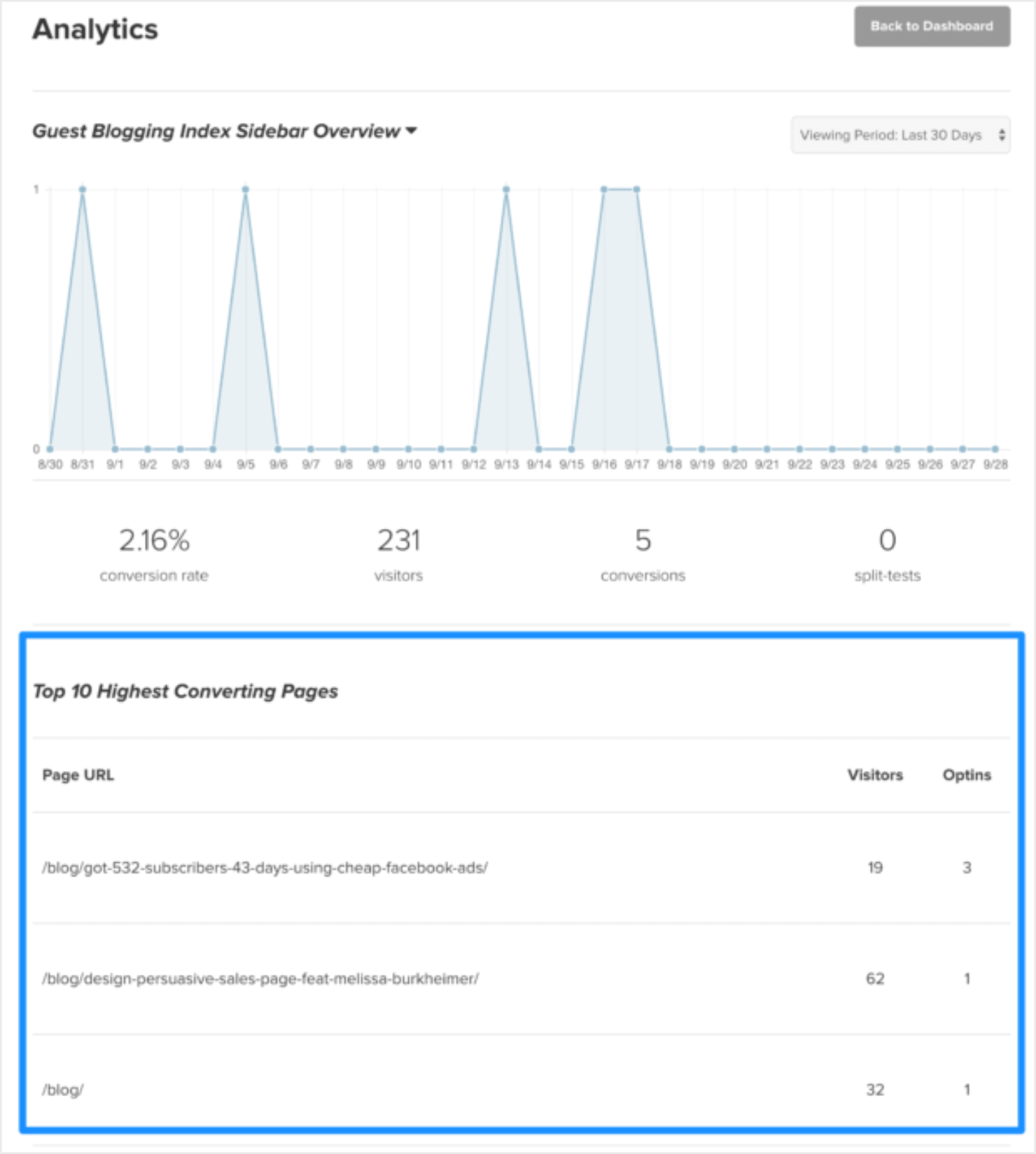Are you not seeing the expected results from your marketing efforts? Want to learn how to generate leads with content marketing?
Smart marketers know that having a clear content marketing strategy is key to generating more leads. But publishing content that isn’t yielding results is a wasted opportunity.
In this guide, I’ll show you how to generate leads with content marketing, even if you’re not seeing the desired results with it right now.
Here’s what we’ll cover in this blog:
Why Use Content Marketing to Generate Leads?
Most marketers believe that ‘content is king,’ and for a good reason. Great content has the power to attract the right audience, engage with them, and turn them into loyal customers.
Good content is a foundation for a healthy marketing funnel. With content marketing, you can improve brand awareness, generate high-quality leads, and make sales.
The reverse is true, too. Without good content, building trust and getting traffic to your website is really tough.
So what is quality content, and how do you generate more leads with it?
By the end of this 7-step guide, you’ll have a clear roadmap for creating content that generates leads and sales every time.
Ready to get started? Let’s go!
Recommended Resource: Need to jumpstart your content marketing results? Get more traffic and improve conversion metrics with our Ultimate Guide to Content Marketing.
Steps To Generate Leads Through Content Marketing
Good content cuts across your sales funnel. Here are 7 steps that you can apply to your content marketing efforts to generate leads and increase sales conversions:
- Step 1: Research Your Customer Avatar
- Step 2: Choose Your Content Types
- Step 3: Choose Your Content Distribution Channels
- Step 4: Map Out Your Content Plan
- Step 5: Create Irresistible Lead Magnets
- Step 6: Write High-Converting Blog Posts
- Step 7: Optimize Your Blogs for Lead Generation
Step 1: Research Your Customer Avatar
The first rule of marketing is that your message should reach your ideal customer. When your content fails to reach your target audience, it attracts the wrong prospects and ruins your lead generation strategy.
Before you create your content assets, make sure that you have a deep understanding of your ideal customer. A great way to do this is with the customer avatar exercise.
Here are a few tips on how to go about doing it.
Customer Avatar Exercise
A customer avatar, or a buyer persona, is a detailed profile of your target customer. It’s a fictional character, but it represents real people that you want to target in your marketing.
Here’s an example of a customer avatar template from Xtensio:
If you have several different target customers, you should create a separate customer avatar for each one. This will help you to create relevant content that appeals to the specific groups of people you want to attract as leads.
But know this: if you try to create content that appeals to everyone, you will end up appealing to no one.
To create your customer avatar(s), write down the following information:
- Demographic information: Name, age, gender, income, location, and profession.
- Values: What do they care about? What are their goals, hopes, and dreams?
- Pain points: What do they struggle with? What keeps them awake at night?
- Preferred sources of information/entertainment: What blogs, magazines, or books do they read? What are their favorite TV shows?
- Role in the purchase process: Do they have the final say when it comes to purchasing your product, or do they have to ask a spouse, a parent, or a boss?
- Biggest objections: What are their main objections to purchasing your product?
But what if you have no clue who your target customer is? Well, you can run a market research to figure it out. Thankfully, there are lots of tools that can help.
You don’t necessarily have to come up with a buyer persona from scratch. If you want to save time, you can use one of the customer persona templates from sites such as DigitalMarketer or HubSpot.
Related Content: How to Create a Customer Journey Map (& Convert MORE at Each Step).
Customer Research Tools
Here are some of the top tools that I recommend for researching your customer avatar:
If your business operates primarily in the U.S., the U.S. Census Bureau maintains data profiles, survey results, and the latest news and updates about people across the country.
You can use their data to figure out how large your target market is and if your customer avatars actually exist in the real world.
Facebook Audience Insights offers rich information about 2 groups of people: general Facebook users and people connected to your Facebook Page.
You can analyze this data to find more people who are similar to your current followers and create valuable content that resonates with them.
You can also use this information to launch retargeting ads on Facebook.
Think With Google is full of insights into the latest consumer behavior and trends. You can analyze the data this site offers to understand the shifts in consumer behavior and their changing needs to guide your content marketing strategy.
Content Marketing Institute is a great place for marketers to learn about how to attract and keep customers through compelling, multichannel storytelling.
They regularly publish research insights, how-to guides, and training materials to help small business owners grow their online presence through content.
Claritas Segmentation helps you figure out who your best customers are, what they like, and where you can find them.
The website offers several tools and paid services that you can use to understand your audience preference better and personalize your content marketing.
One of the best ways to figure out who your ideal customer persona is to survey your website visitors.
User Feedback from MonsterInsights is a WordPress plugin that you can use to create interactive user feedback forms, customer surveys, and polls.
Now that you’ve done your research and created your customer avatar(s), you have a clear picture of who you are creating your content for.
Next, it’s time to decide what types of content you want to create for them.
Step 2: Choose Your Content Types
There are lots of different content types, but some are more suited to lead generation than others.
For example, HubSpot reports that leads generated from inbound channels are more likely to convert and 67% less expensive to acquire in comparison to outbound marketing channels.
That means you create for search engine optimization (SEO) and lead magnets are better at lead generation than outbound channels like social media platforms or pay-per-click (PPC) ads.
For your content to generate as many leads as possible, you should plan to include at least 2 primary types of content: traffic-generating content and lead-generating content. Let’s discuss them in more detail.
Traffic-Generating Content
Traffic-generating content is important for getting eyeballs on your website and growing your audience. You can’t generate leads without traffic.
Here are some of the best types of content for traffic generation. Pick a few from this list to include in your content plan:
- Blogs: This content type is a basic requirement for any content plan. Your blog is like a traffic hub. It should drive traffic for all other web pages on your website.
- Social media posts: These posts will help to drive traffic to your blog and other web pages.
- Videos:YouTube is the world’s 2nd largest search engine. Uploading video content on YouTube is a great opportunity to drive organic search traffic to your blog for years to come.
- Podcasts: You can encourage your guests to share their episode with their audience, and grow your own in the process.
- Infographics: You can include these in blogs and social media posts to encourage social sharing.
- Photos: Depending on your business, publishing images on sites like Pinterest can help you drive traffic to your website.
- eBooks: Listing free eBooks on online marketplaces is another great way to grow your audience and drive traffic to your site.
Lead-Generating Content
Lead-generating content is a marketing asset that you package into lead magnets, valuable resources that you give away for free in exchange for someone’s contact information.
Lead magnets are non-negotiable for generating leads. People don’t want to give their email addresses to just anybody unless you give them a good incentive.
Here are some of the best content types for generating leads:
- Downloadable resources: These can be checklists of tools or lists of resources.
- Webinars: Webinars work well as lead magnets because of their high perceived value.
- Discounts and coupons: Perfect if you have an eCommerce business. All you have to do is offer a coupon code in exchange for an email address.
- Free trials: If you sell subscription-based software, you can offer site visitors a free trial of your product to generate leads.
- Quizzes: You can offer a free quiz to your site visitors. You can use this content to generate leads if you make it necessary for people to sign up with their emails to see the quiz results.
- Mini-courses: This can be a series of emails or videos explaining how to do something. Here’s an example from OptinMonster University.
- Free challenge: If you help people overcome obstacles or achieve goals, you could offer a free challenge to accomplish one thing over a period.
We’ll talk about how to create the perfect lead magnet for your online business in step #5.
Step 3: Choose Your Content Distribution Channels
Your content marketing game is really starting to shape up now! So far, you have a customer avatar and you know which types of content will attract them to your site.
To help your potential customers discover your content, you’ll now have to decide where and how you’ll distribute that content.
Although there are many different content distribution channels, they all boil down to 2 distinct methods: organic and paid.
Simply put, you’ll either need to invest time or money to make your content assets more discoverable online.
Organic Distribution Channels
Organic channels are great for small businesses since they don’t require any paid advertising. However, you can’t expect to get organic traffic right off the bat. Organic traffic takes a bit of time, or even a few months, to get going.
Here’s a list of all major organic distribution channels for you to promote a piece of content:
- Search engines (Google, Bing, or Yahoo!)
- YouTube
- X.com (formerly Twitter)
Just to be clear, you don’t need to use all of these. Just pick the channels where you know your potential leads frequent.
If you know for sure that your ideal customers don’t hang out in a certain channel, don’t invest your resources there.
Search engines are an exception to that rule. They are non-negotiable because virtually everyone uses them.
So even though it may take some time to get your content to rank in Google, you should be working towards this goal from the start.
For help getting your blog posts to rank in Google, check out our On-Page SEO Checklist: How To Fully Optimize Your Posts.
Related Content: 35 Easy Ways To Repurpose Content.
Paid Distribution Channels
Paid channels require you to spend some money on ads. However, they can get you traffic a lot quicker than organic methods.
In most cases, you’ll see increased traffic to your website in just a few hours after you invest in paid ads!
Here are the main paid distribution channels that you’ll want to consider.
- Social media ads
- Google Ads
- Native ads (ads that appear on other platforms)
- Banner ads
- Content syndication networks (ads for your blog posts that appear in the ‘around the web’ and ‘recommended stories’ sections of large online publications)
Out of these paid distribution channels, I suggest you try Facebook ads (also called, Meta ads) in particular.
If your ideal customers are on Facebook, investing in paid ads on Facebook can pay off handsomely.
Plus, Facebook has some seriously amazing targeting capabilities across Instagram, WhatsApp, and Messenger.
Just make sure that you optimize your Facebook ads for conversions.
Step 4: Map Out Your Content Plan
Now that you’ve decided on your content types and distribution channels, it’s time to pull everything together into a cohesive content plan.
A high-quality content plan answers the following questions:
- What kind of content pieces will you publish?
- How frequently will you publish them?
- What does your content promotion plan look like?
- What tools will you use to manage your content marketing campaigns?
- Who is responsible for the content creation, ideation, and promotion?
You may also want to create an editorial calendar to map out your blog posts and keep track of what’s coming in the next quarter.
You can use project management tools like Asana, Monday.com, or CoSchedule to manage your team’s content marketing calendar.
Using a calendaring tool lets you plan your content publication in advance, define the key stages in your editorial workflow with custom statuses, and communicate between team members asynchronously.
Next, let’s look at how you can create compelling lead magnets to incorporate into your content calendar.
Step 5: Create Irresistible Lead Magnets
One of the best ways to acquire new leads online is to offer a lead magnet on your website. But how exactly to create lead magnets?
For lead magnets to be effective, they must be irresistible for your customers.
A good lead magnet content has the following common characteristics:
- It solves a real problem: If your lead magnet doesn’t solve a real problem that your customers have, it won’t work. Address your customers’ pain points with your content topics like we discussed in step #1.
- It promises one quick win: Your lead magnet should promise (and deliver) one quick win for your customers. It should help them apply a solution to their problems.
- It’s super specific: Don’t create a lead magnet about something general. The more specific you are about the benefit of your lead magnet, the better it converts.
- It’s quick to digest: PDF checklists tend to convert well because they are quick and easy to digest. Customers tend to lose interest in lengthy eBooks or boring case studies.
- It’s high value: Your lead magnet should have both a high perceived value and a high actual value. For instance, customers should feel that the lead magnet is worth paying for even if they are getting it for free.
- It’s instantly accessible: Your lead magnet will work best if it is something that can be delivered right away, either as downloadables or email attachments.
- It demonstrates your expertise: When someone consumes your lead magnet, it should demonstrate your expertise or your unique value proposition. This helps turn leads into customers down the road.
Here at OptinMonster, one of our high-performing lead magnets is the Free Lead Magnet Ideas Cheatsheet:
Here are a few reasons why this lead magnet is irresistible and converts well:
- Solves a real problem our customer avatars have: It helps businesses struggling to grow their email list.
- Promises one quick win: After going through the lead magnet, businesses can grow their email list.
- It’s specific: It isn’t teaching you how to get better at email marketing, but specific ideas on how to use lead magnets for list building.
- It’s quick to digest: It’s an easy-to-read 3-page PDF cheatsheet.
- It’s high value: Applying the 69 ideas mentioned in the cheatsheet can directly translate into a bigger email list.
- It’s instantly accessible: You can enter your name and email and click the call to action (CTA) button to download the cheatsheet immediately.
- It demonstrates our expertise: We have included ideas that have helped us grow our own email list.
Want to create the perfect lead magnets for your online business? Sign up with Beacon:
Beacon offers 3 products to help you acquire more customers:
- Lead Magnet Creator to create ebooks, whitepapers, checklists, or workbooks without hiring an expensive designer.
- Lead Capture Forms to build highly customizable lead-gen forms on your best-performing landing pages.
- Free Resource Library to create a library of gated content without any technical setup.
Step 6: Write High-Converting Blog Posts
Blog posts are an absolute must for generating content marketing leads. Plus, you can also use blog posts to drive traffic to your website and bring more visibility to your lead magnets.
This way, you can use blogs to kill 2 birds with 1 stone: increase your website traffic while generating leads.
All high-converting blog posts (and other forms of content) share some common characteristics:
- An enticing headline: Unless someone is really interested in your headline, they won’t read your post. For more specific tips, read our guide on how to write enticing headlines.
- Long-form content: The longer and more in-depth your blog posts are, the better their chances of ranking better in Google.
- Useful or educational content: Most people browse the Internet to look for answers to their problems. Ensure that your blog content is useful for your readers.
- Relevant visuals: In most cases, your blog posts shouldn’t be text-only. Presenting your information visually makes it easy for your readers to absorb the information. Also, visual content makes your marketing more effective.
- Your keywords: Include keywords people use online in your blog posts. You can use keyword research tools to figure out the most common search terms.
- Links to high-quality resources: Link to other high-quality posts on the topic. This can help you exchange backlinks with other websites and improve your SEO ranking.
- Links to related posts on your own blog: Link to your own blog posts to help people dig deeper into a topic. It’ll also help your posts get indexed by search engines.
Next, you’ll need to optimize your blog posts for lead generation.
Step 7: Optimize Your Blog for Lead Generation
The first thing you need to do to optimize your blog for lead generation is to add optin forms for your lead magnet.
I recommend embedding a sidebar optin form and an exit-intent popup on your best-performing blog posts.
A sidebar optin is just a simple optin form that lives in your sidebar, like this:
An exit-intent popup is an optin form that appears when the visitor is about to leave your site, like this:
These 2 types of optin forms are absolutely essential on blogs that you want to optimize for higher conversion rates.
If you want to take it one step further, you may also want to include a slide-in form that appears on the scroll. These optins are particularly important if you have long-form content:
Once you have those basic optin forms installed on all your blog posts, you can monitor which posts are generating the most traffic and leads.
You can do this with OptinMonster’s conversion analytics:
Once you know which posts are the most popular, you can optimize those posts with content upgrades.
How To Optimize Popular Posts With Content Upgrades
A content upgrade is a lead magnet strategy that is specific to a particular blog post. Posts with content upgrades can increase conversions by up to 4.82%.
For example, we have a popular post on the OptinMonster blog about creating the ultimate optin form. Since it’s a popular post, we added the ‘Ultimate Optin Form Checklist’ content upgrade as a follow-up topic to the blog post:
When adding a content upgrade to your blog post, make sure to always use a 2-step optin.
A 2-step optin means that users will have to click on a link before they see the optin form. These 2-step optins convert much better for content upgrades than a traditional optin form.
Here’s an example of a 2-step optin form in action. In this example, the blog post is our on-page SEO checklist, and the content upgrade is a downloadable PDF of that checklist:
To download the checklist, readers have to click on an image inside our blog post and enter their names and email addresses in the optin form that appears in the lightbox popup.
That’s it! Now you are all ready to generate qualified leads with your content marketing.
It’s Time To Put These Ideas Into Practice
Any business can generate leads online with a solid content marketing strategy. Now you know how to generate leads with content marketing, you just need to put these ideas into practice and see where it gets you.
If you liked this post, you might also be interested in the following resources:
- Content Marketing Statistics in 2024: Everything You Need To Know
- 29 Impressive Content Marketing Examples You Can Use in 2024
- Best Content Marketing Tools: 15 Tools You Need To Know
Want to optimize your blog pages for conversions? Start by adding an exit-intent or email newsletter popup on your blog page.
Disclosure: Our content is reader-supported. This means if you click on some of our links, then we may earn a commission. We only recommend products that we believe will add value to our readers.

